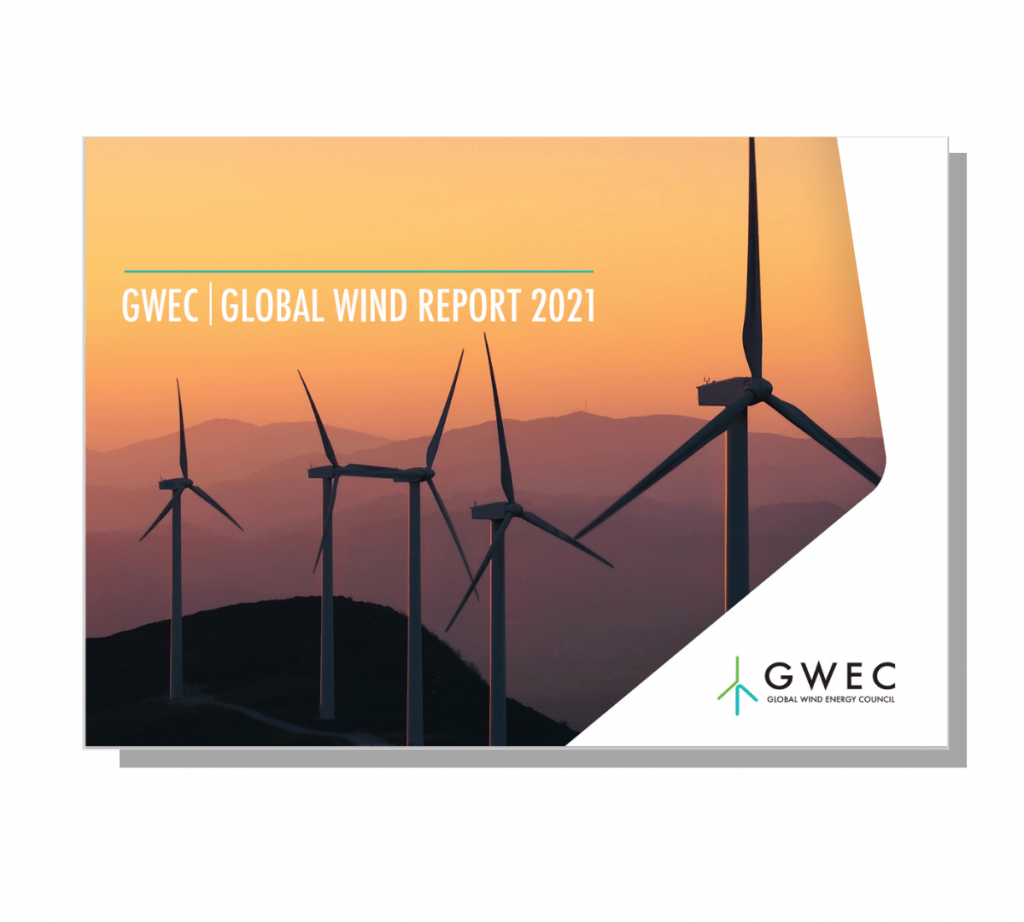Key Highlights
2020 was a record year for the global wind power industry despite the impacts of COVID-19, but we are still falling short to meet the world's climate targets.
In this special edition of GWEC’s 16th annual flagship report ahead of the crucial COP26 conference in November 2021, the Global Wind Report 2021 highlights wind power’s role on the road to net zero.
2020 was the best year in history for the global wind industry with 93 GW of new capacity installed – a 53 per cent year-on-year increase – but this growth is not sufficient to ensure the world achieves net zero by 2050. The world needs to be installing wind power three times faster over the next decade in order to stay on a net zero pathway and avoid the worst impacts of climate change.
Through technology innovations and economies of scale, the global wind power market has nearly quadrupled in size over the past decade and established itself as one of the most cost-competitive and resilient power sources across the world. In 2020, record growth was driven by a surge of installations in China and the US – the world’s two largest wind power markets – who together installed nearly 75 per cent of the new installations in 2020 and account for over half of the world’s total wind power capacity.
Today, there is now 743 GW of wind power capacity worldwide, helping to avoid over 1.1 billion tonnes of CO2 globally – equivalent to the annual carbon emissions of South America.
Yet, as the clean energy technology with the most decarbonisation potential per MW, the report shows that the current rate of wind power deployment will not be enough to achieve carbon neutrality by the middle of this century, and urgent action must be taken by policymakers now to scale up wind power at the necessary pace.
A new record year for the wind industry.
93 GW of new wind power capacity was installed in 2020, driven by China and the US
Achieving this record in the face of disruptiosn to both the global supply chain, project construction and global economy due to the impacts of COVID-19 has demonstrated the incredible resilience of the wind industry.
Global wind power capacity is now up to 743 GW
The Asia Pacific region has been increasingly driving growth of the global wind power industry, which now helps the world to avoid over 1.1 billion tonnes of C02 annually – equivalent to the annual carbon emissions of South America.
Global wind power growth must triple over the next decade to avoid the worst impact of climate change.
The world needs to be installing an average of 180 GW of new wind energy every year to limit global warming to well below 2°C above pre-industrial levels, and will need to install up to 280 GW annually from 2030 onwards to maintain a pathway compliant with meeting net zero by 2050.
Policymakers must take a "climate emergency" approach
GWEC is calling on policymakers to take a true ‘climate emergency’ approach to allow a faster ramp up including:
- Eliminating red tape and reforming administrative structures in order to speed up and streamline licensing and permitting for projects
- Carry out a massive increase in investments in grid, ports and other infrastructure needed to allow the ramp up in installations
- Re-vamp energy markets to ensure that they account for the true social costs of
polluting fossil fuels and facilitate a rapid transition to a system based on renewable energy
Download the Global Wind Report 2021!

Discover More Data
Market Status
Market Outlook
Net Zero
Contact


Feng Zhao
Head of Market Intelligence and Strategy [email protected]

Joyce Lee
Head of Policy and Projects [email protected]

Alex Bath
Communications Director
[email protected]








